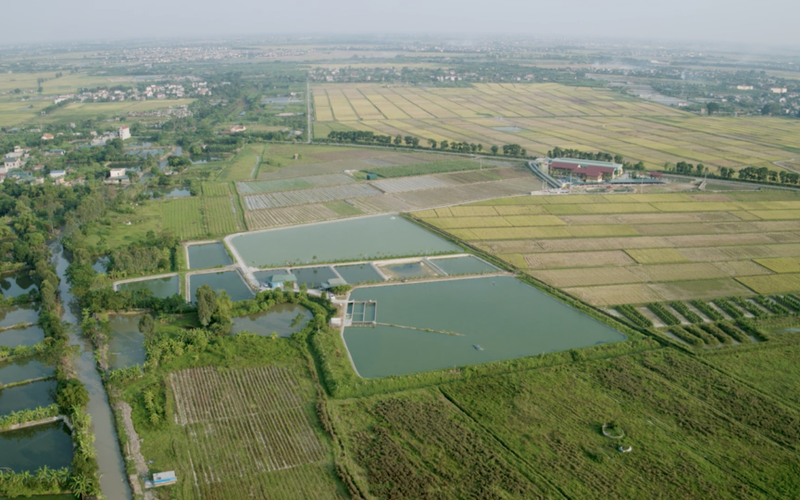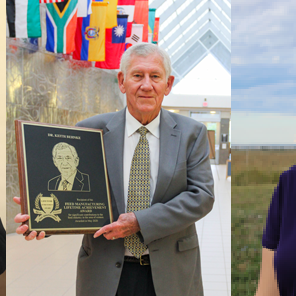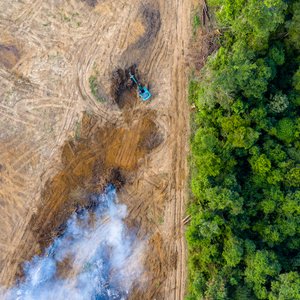The Global Aquaculture Academy has launched the new expansion of its free online in-pond raceway system (IPRS) course outlining the implementation process of IPRS for pond aquaculture cultivation, as well as the technological benefits, equipment needed, production figures and more. The course is comprised of a series of short videos, interviews from IPRS experts and a quiz at the end to check information retention.
Given the course’s rise to success when it was first released in February 2020, the expanded course now has additional resources sections on select lessons. These sections contain a deeper dive into the details of the contents of the course. All resources are from 2020 content, making it the most relevant and timely information possible. This course is completely free and open to anyone.
Created in collaboration with the U.S. Soybean Executive Council (USSEC), the goal of the course is to educate those who are interested in learning more about the benefits of IPRS. The course was filmed alongside the GAA Film Mimic the River, which explores the more human side of this technology and how it is improving local economies.
The in-pond raceway system is a pond production technology originally developed at Auburn University and Clemson University back in the 90s and early 2000s. It is a technology that essentially creates a moving water system within a pond, allowing farmers to put the fish into an enclosed area to grow them in a volume of up to 150 kilograms per cubic meter. IPRS technology grows fish in a raceway box that is installed in a pond and produces 200-300% more fish than traditional pond technologies. This process recreates the fish’s natural environment, thereby producing an environment more in line with the fish’s physiological sweet spot.
“The benefit of using IPRS for the farmer is that it allows them to produce more on a particular pond system,” said Jesse Chappell, IPRS technical expert, USSEC. “This really works. It’s having an impact in many parts of the world, especially where water is already being compromised. The people who do this according to the protocol, I haven’t seen anyone yet that didn’t get the performance we described – not one.”
More information here.










